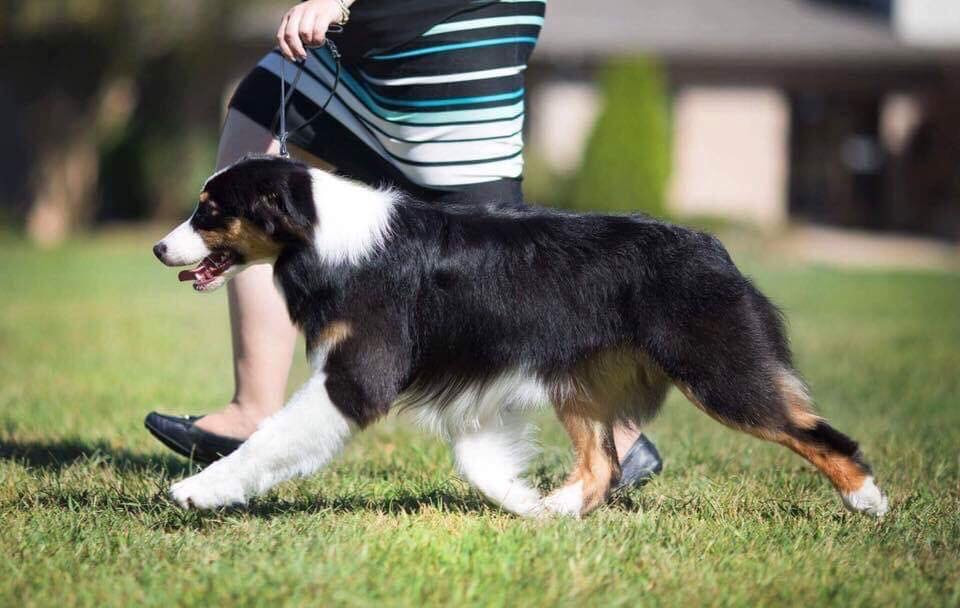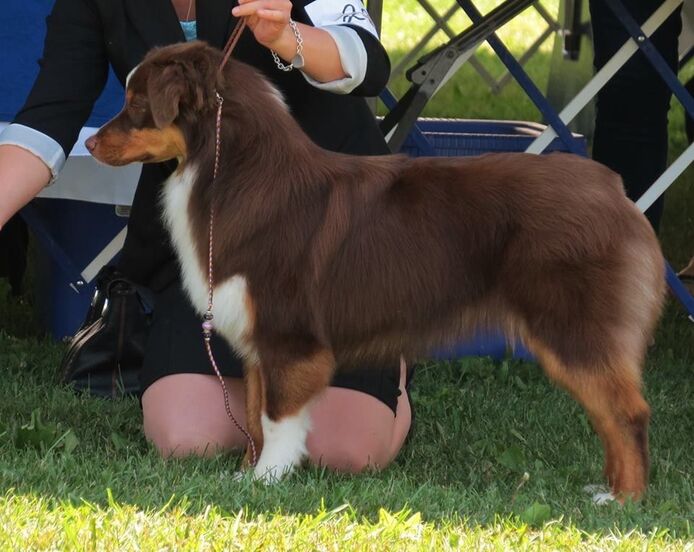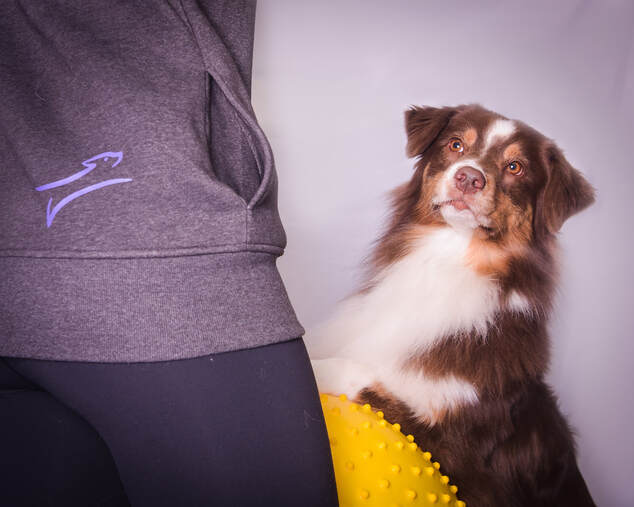|
If you have a working dog chances are they're always on the move! Whether they're running around on an agility field or strutting their stuff in the conformation ring our dog's ability to move well will dictate much of their success in the show ring. Like us, our dogs can move in multiple planes of motion and the sports we do may ask them to move in one or more planes. In my last blog I talked about the importance of structure and understanding how it can affect your dog's performance. This week I'd like to take you through our dog's planes of motion.
0 Comments
Do you know why your dog moves the way they do? A lot of how our dogs move and function is dependant on their conformation and structure. While we may think otherwise, no dog is perfect! As our dog's training partners, we want to know their strengths and weakness so that we can condition, train, and compete with them appropriately. Awareness of structural issues means that we can both condition effectively, improve performance, and work towards reducing the risk of injury
In this week's blog, I'll help you evaluate your dog's structure to identify their areas of strength and weakness which can help direct your future home conditioning program. Knowing the areas of your dog's structure that can benefit from targeted conditioning workouts will also help you in understanding what aspects of your sport could increase their chance of injury. For example, a dog with a straight front may be at an increase risk of a shoulder injury due to their reduced ability for shock absorption - making sports like agility and flyball a higher risk activity. Do you know how to progress your dog's exercises? As muscles become accustomed to the demand of a work out, you’ll need to introduce new challenges to make the muscles work harder - this is known as progressive overload. By increasing the challenge to your dog's exercises you not only introduce variety to the workout but you also proof the behaviour and challenge your dog physically and mentally!
When talking to students and clients one of the most common questions I get is “How do I make exercises more challenging for my dog?” The answer is "lots!" There is a variety of ways to progress your dog’s exercises and in this week's blog we'll cover the myriad of ways! |
AuthorCarolyn McIntyre Archives
June 2024
Categories
All
|




 RSS Feed
RSS Feed